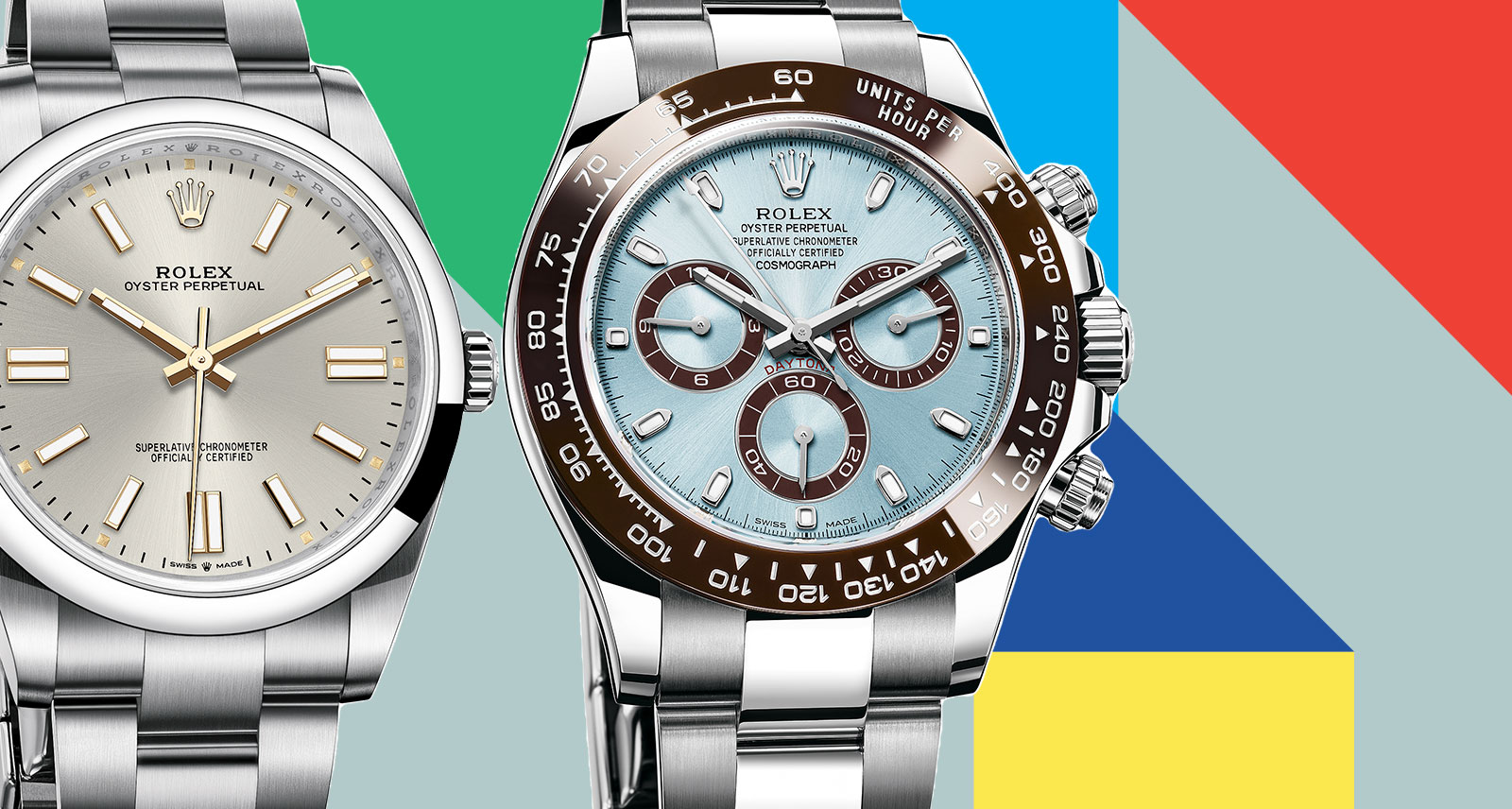Ferit Tecimer of Humbertown Jewellers on Rolex’s Mastery of Materials
As both a 40-year veteran of the jewellery business and a long-time authorized Rolex dealer, Ferit Tecimer knows pretty well everything there is to know about the world of the five-pointed crown. It’s safe to say he can talk Rolex references — both modern and vintage — all day long, but we recently sat down with the owner of Toronto’s Humbertown Jewellers to hear his insights on Rolex’s distinct palette of watchmaking materials. While not necessarily revolutionary at a cursory glance, it’s consistently a matter of how Rolex adapts each material in proprietary form, to suit the use case at hand. According to Tecimer, here’s what makes each of these materials so special.
Oystersteel
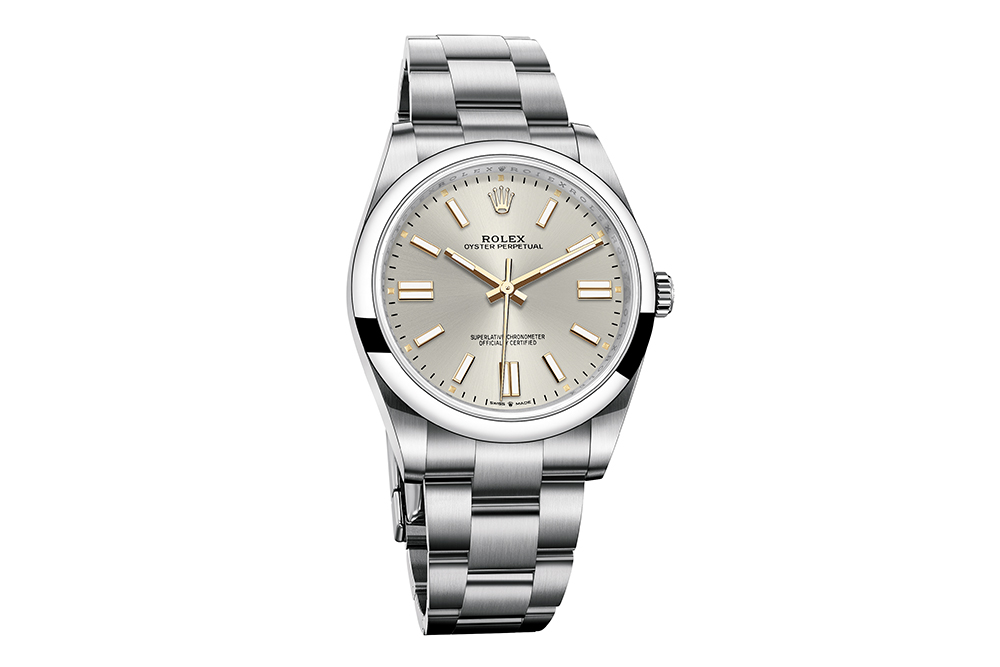
“Oystersteel is a high-quality steel that was patented by Rolex and is known for its durability. Part of the 904L family, it’s essentially a stainless-steel alloy, and it’s engineered to be highly resistant to corrosion, and capable of withstanding decades of wear. Oystersteel’s durability also means it can be worn while doing anything, even in the harshest conditions.”
Rolesor
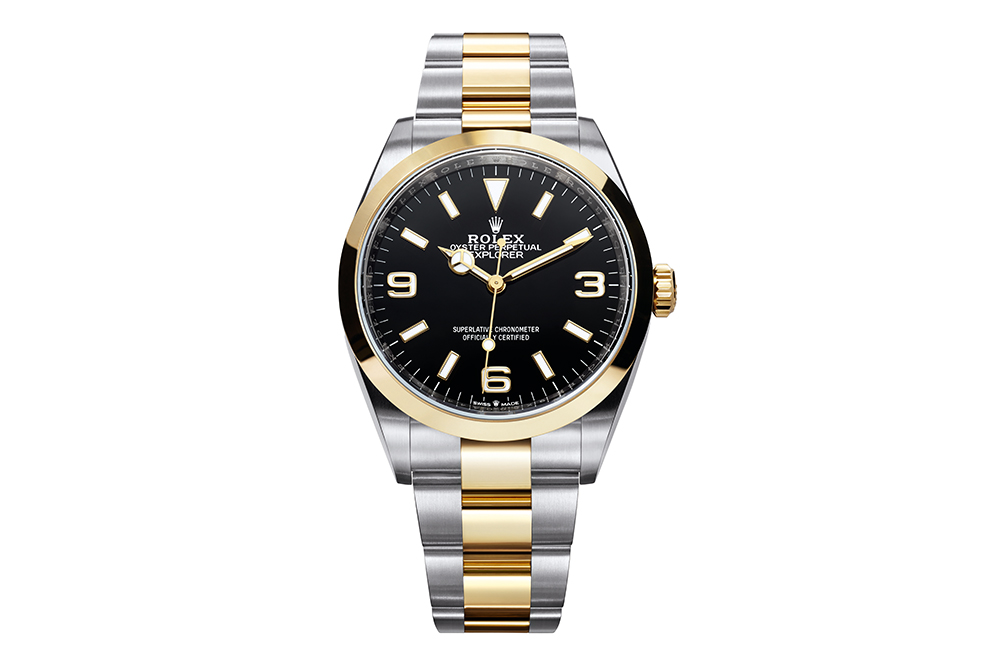
“Rolesor is a combination of Oystersteel and Rolex-alloyed 18-karat gold that was created and patented by Rolex. You’ll find it in both the Rolex Classic collection and the Rolex Professional series, typically in three variations — an Oystersteel configuration, a solid 18-karat gold configuration, and a Rolesor configuration. Rolesor is popular because not only does it provide the wearer with a more affordable option than a solid 18-karat gold timepiece, it also increases its durability.”
Gold
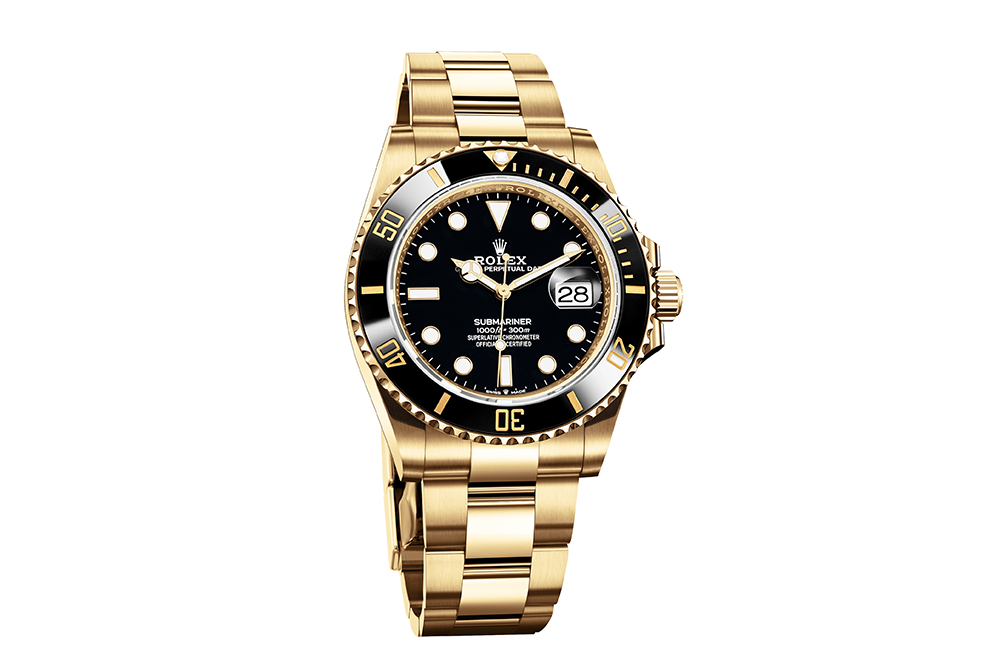
“Gold is a very special material, but it is quite soft in its natural state, so to make it harder and more durable, it is alloyed to create 18-karat gold instead. Rolex built its own foundry to produce its 18-karat yellow gold, Everose gold, and 18-karat white gold, and this allows it to produce materials that meet its exact criteria for shine and longevity.”
Platinum
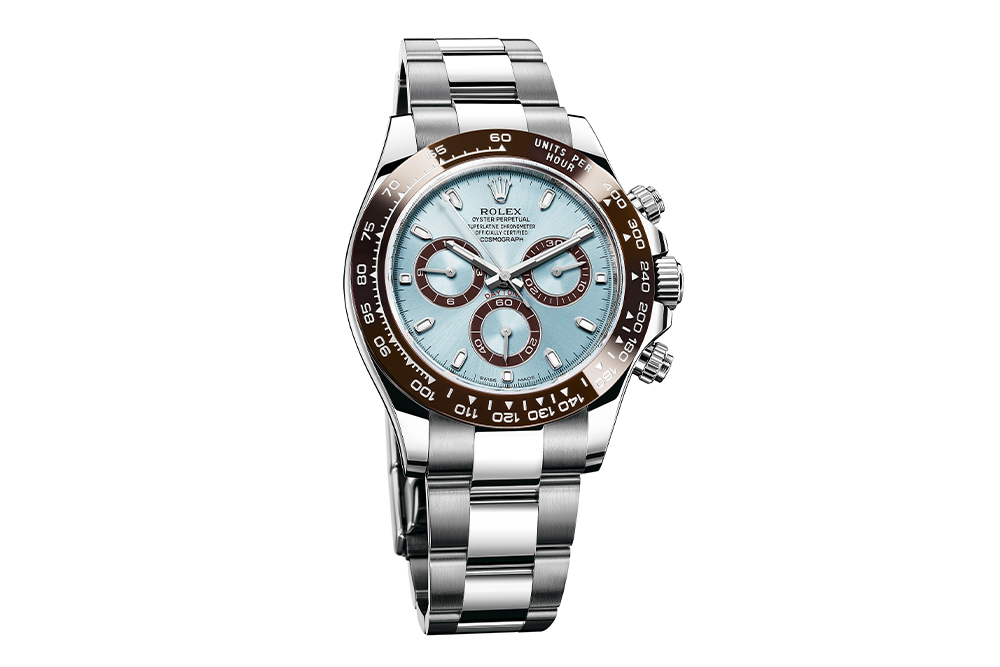
“Platinum is a prestigious metal with a colour and luminosity that looks unlike anything else, but the uniqueness of platinum Rolexes isn’t just about their metal. Solid platinum timepieces are available with unique dial configurations — most famously Rolex’s Ice Blue dial, which is only available on the solid platinum Day-Date 40 mm or the solid platinum Daytona — which makes it extremely rare.”
Meteorite
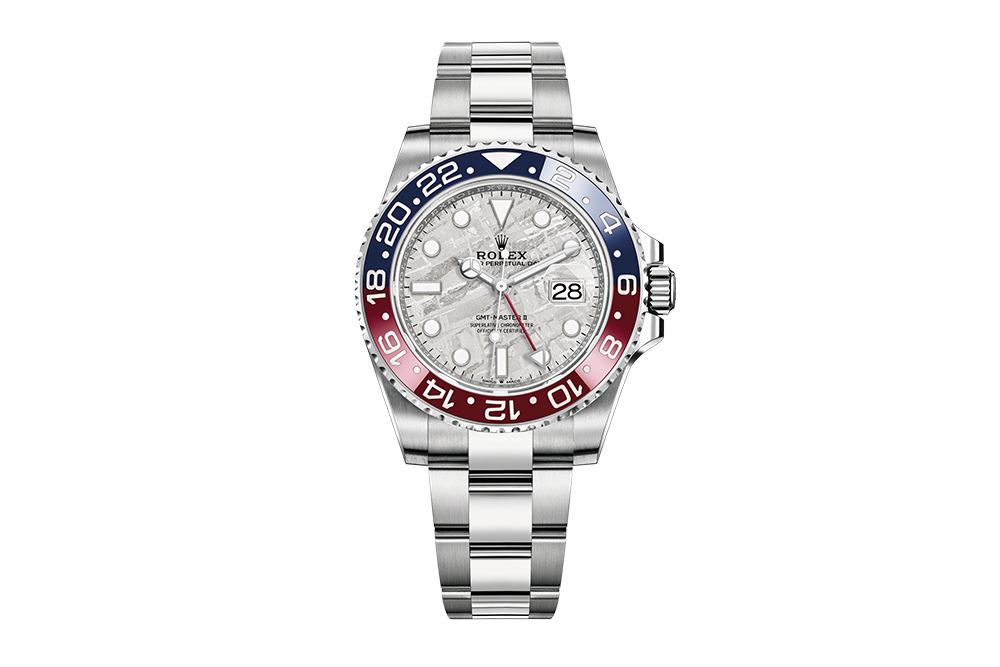
“Meteorite is a material that comes directly from outer space and, when treated for use as a watch dial, it creates fascinating natural patterns. The meteorite dial on the new Daytona isn’t Rolex’s first use of meteorite, but it is a very rare watch. Unfortunately, I haven’t had the chance to experience that reference in person myself yet, but I look forward to seeing it!”
